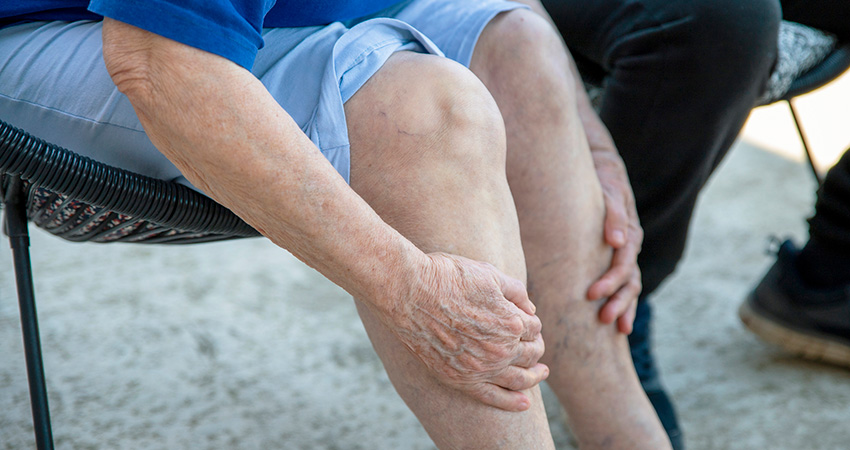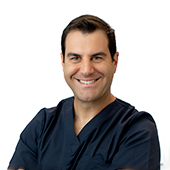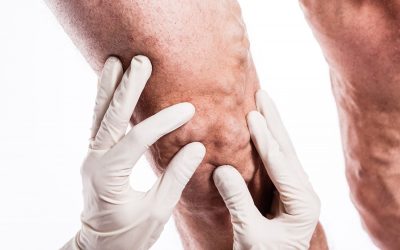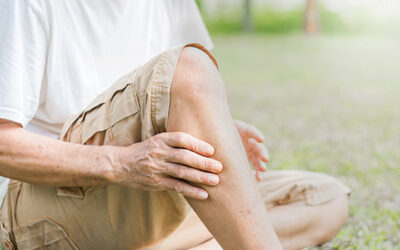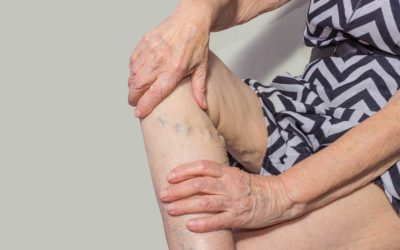When most people think about varicose veins, they imagine a cosmetic issue — something that simply makes the legs look “ropey” or unattractive. But as a phlebologist, I can tell you that untreated varicose veins are far more than skin-deep. Left too long, they can lead to serious medical problems that affect not only your legs, but also your overall health and quality of life.
If you’re living with bulging veins, I want you to understand the risks of delaying treatment. My goal isn’t to scare you, but to empower you with knowledge. The good news is that these complications are preventable when varicose veins are treated early.
Here are five of the most alarming complications I see in patients who put off treatment.
— Dr Peter Paraskevas, Phlebologist
1. Leg Ulcers From Untreated Varicose Veins
Why Varicose Veins Can Lead to Painful Leg Ulcers
One of the most painful outcomes of untreated varicose veins is the development of venous leg ulcers.
When veins aren’t working properly, blood pools in the legs, increasing pressure inside the vessels. Over time, this pressure damages the skin and tissue, eventually leading to open wounds that simply won’t heal on their own.
These ulcers are often extremely painful, prone to infection, and can take months — sometimes years — to close if not treated correctly. They usually develop near the ankles and are a clear sign that vein disease has progressed.
2. Varicose Veins and Deep Vein Thrombosis (DVT)
Can Varicose Veins Cause Blood Clots?
Another serious complication is deep vein thrombosis (DVT) — a blood clot that forms in the deeper veins of the leg.
DVT can be life-threatening. If the clot breaks off and travels to the lungs, it can cause a pulmonary embolism, which is a medical emergency.
Symptoms of DVT include sudden swelling, pain, and warmth in one leg. If you ever experience these signs, it’s vital to seek medical help immediately.
3. Swelling and Skin Changes Linked to Varicose Veins
The Long-Term Skin Damage Caused by Untreated Veins
Chronic venous insufficiency — the medical term for poor vein function — often leads to ongoing swelling in the lower legs.
Over time, this swelling stretches and damages the skin. You may notice:
- Persistent puffiness around the ankles
- Darkening or discoloration of the skin
- Dry, itchy, or eczema-like rashes
- Hardened or thickened skin that feels tight
These changes don’t just affect appearance — they can make the skin fragile, painful, and more prone to infection.
4. Pain and Reduced Mobility From Varicose Veins
How Varicose Veins Affect Daily Life and Mobility
Varicose veins aren’t just a cosmetic nuisance. For many, they bring a constant heaviness, throbbing, or burning sensation in the legs.
As the condition worsens, standing for long periods or even walking short distances can become difficult. This loss of mobility impacts day-to-day life — making it harder to enjoy activities, work comfortably, or stay active.
Over time, untreated vein disease can significantly reduce independence and quality of life.
5. Spontaneous Bleeding From Bulging Veins
Why Bulging Veins Can Suddenly Burst and Bleed
One of the lesser-known risks of untreated varicose veins is spontaneous bleeding.
Because these veins often sit just under the surface of the skin, their walls become fragile. Even a small bump, can cause them to rupture and bleed heavily.
For patients, this can be frightening — bleeding may be sudden and difficult to stop without medical attention. The risk increases the longer treatment is delayed.
Final Thoughts from Dr Peter Paraskevas
When to See a Phlebologist About Varicose Veins
If you take one message from this article, let it be this: varicose veins are not “just cosmetic.”
Yes, they may start as a minor annoyance, but if left untreated, they can progress into serious conditions. The five complications I’ve outlined — ulcers, blood clots, swelling and skin changes, pain and mobility loss, and spontaneous bleeding — are not rare. I see them regularly in patients who waited too long to seek help.
The good news is that modern treatments are safe, effective, and minimally invasive. Addressing vein disease early prevents complications and restores not just leg health, but overall wellbeing.
If you have varicose veins — especially if you’ve noticed worsening pain, swelling, or skin changes — I encourage you to book a consultation. It’s never too early to act, but waiting too long can make all the difference.
Your health, comfort, and independence are worth protecting.
— Dr Peter Paraskevas, Phlebologist

